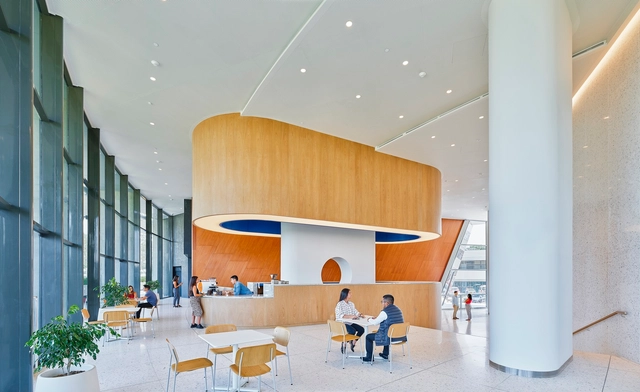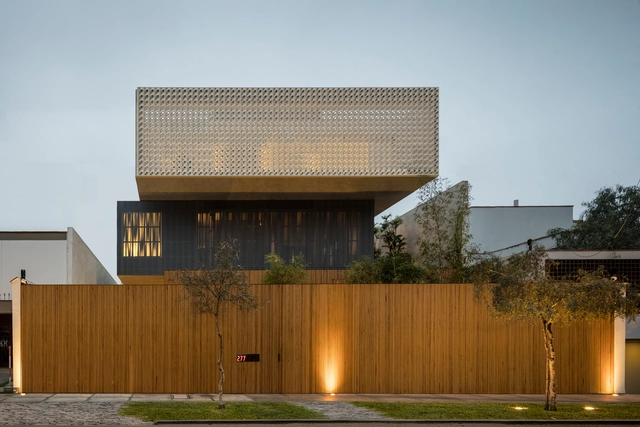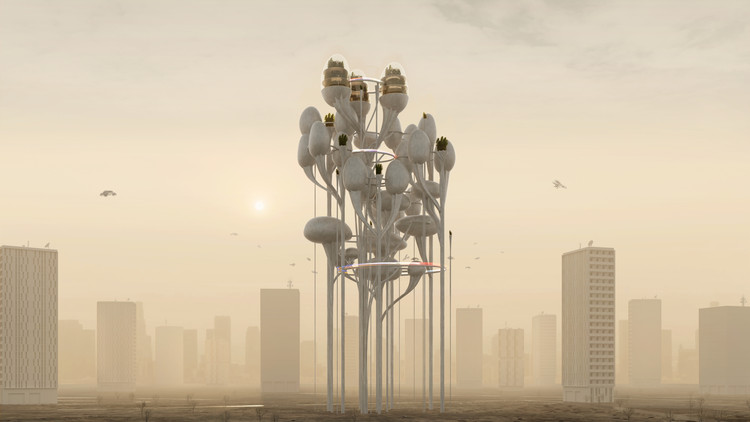
Amid the dynamism and speed that characterize our life in the contemporary world, especially concerning our cities and built environments, it is inevitable to recognize the importance of preserving spaces for pause and reflection, essential for addressing and discussing the key issues of architecture and urbanism that our society urgently needs today. The latest edition of the 13th Ibero-American Biennial of Architecture and Urbanism, held from December 2 to 6 in Lima, Peru, provided a unique gathering for such reflections and dialogues. Under the theme 'CLIMATES: Actions for the Good Living,' the event brought together architects and key figures from the field, who, during a week of roundtable discussions and conferences, focused on the challenges of global contemporary habitation, especially those shared between Spain and Latin America, thus serving as a bridge of knowledge between both contexts.













































![Detalle de fachada de la casa Huiracocha. Image Cortesía de Facho, A. (2012, Agosto 30). Casa Huiracocha [Entrada de blog]. Recuperado desde http://habitar-arq.blogspot.com/2011/09/casa-wiracocha.html Luis Miró Quesada Garland: A Forerunner of Modern Architecture in Peru - Image 2 of 4](https://images.adsttc.com/media/images/62bc/c0b6/3e4b/3112/9800/000a/thumb_jpg/FOTO_6_VISTA_DEL_DETALLE_DE__FACHADA_copia.jpg?1656537261)
![Vista interior de la casa Huiracocha. Image Cortesía de Facho, A. (2012, Agosto 30). Casa Huiracocha [Entrada de blog]. Recuperado desde http://habitar-arq.blogspot.com/2011/09/casa-wiracocha.html Luis Miró Quesada Garland: A Forerunner of Modern Architecture in Peru - Image 3 of 4](https://images.adsttc.com/media/images/62bc/c0ba/3e4b/31b8/7f00/0006/thumb_jpg/FOTO_3_VISTA_INTERIOR_DE_LA_CASA_copia.jpg?1656537263)



























.jpg?1607385552)
.jpg?1607382369)
.jpg?1607382663)
.jpg?1607382845)



















